Millionaires and minimum wage: Inside the new landscape of WorldTour pro cycling salaries
As the salaries of the top pro cyclists continue to rise, Cyclingnews sheds light on just how much some top riders earn, the lucrative bonuses on offer, and whether those further down the ladder are keeping up
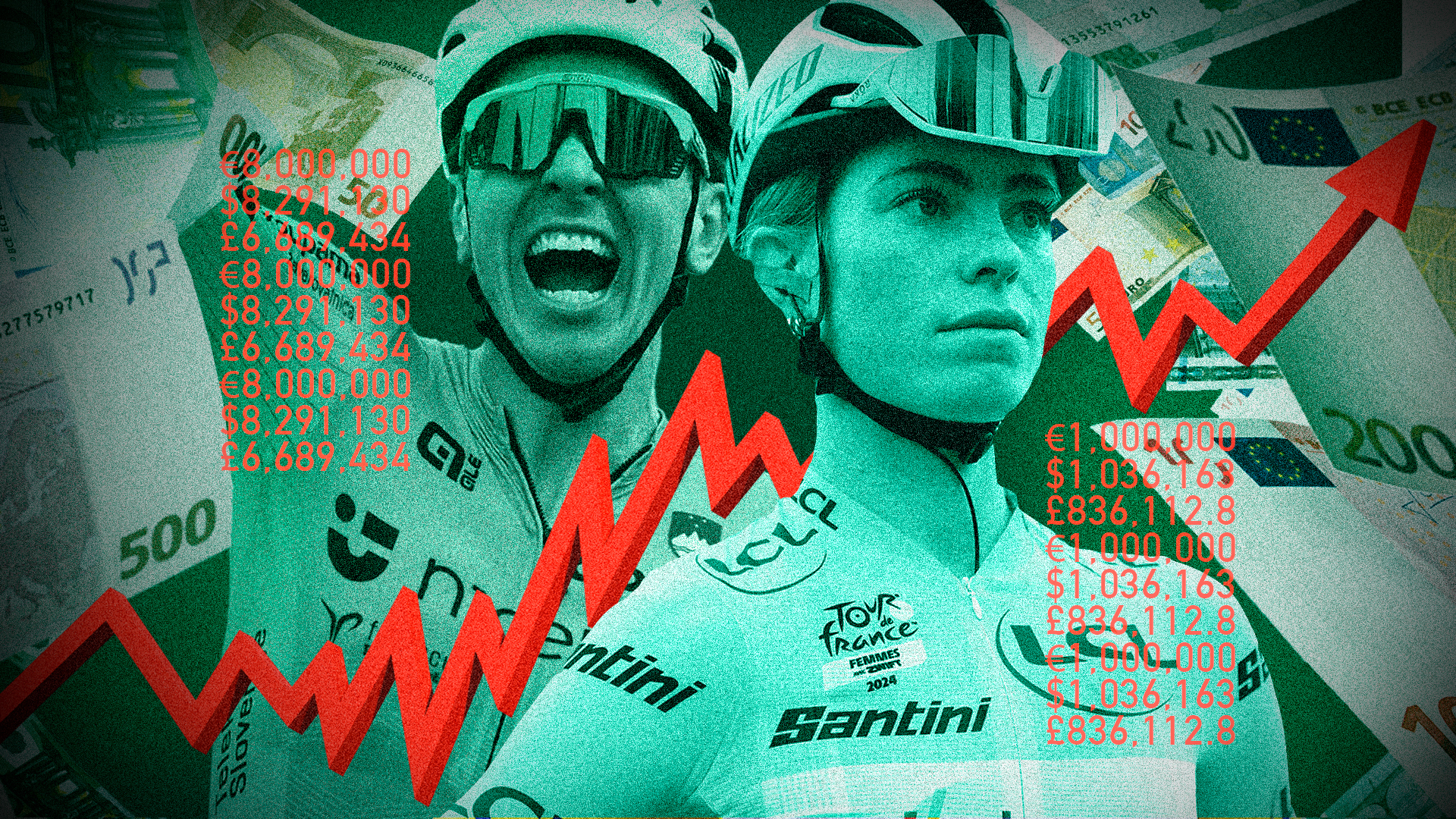
When looking for perspective in cycling, Tao Geoghegan Hart is often a good voice to turn to. Recently, as he met the media ahead of the 2025 season, the conversation turned to the push for reform in the sport. The Lidl-Trek rider was mostly in favour of evolution but cautioned that the status quo isn’t as bad as some are making out. “I have friends in many different endurance sports, and there’s not 1,000 people making a very good living [from those sports], but in cycling there are. And it’s easy to forget that,” the Londoner said.
Part of the sport’s millionaire club, an ever-growing list of riders whose annual salary is at least one million euros, Geoghegan Hart’s comments reflected the reality on the ground: professional cycling, men and women, has never been richer. Team budgets have risen exponentially – the median among men’s WorldTour teams in 2024 was €25m, up from €18m in 2019 – and the average male rider salary, according to the UCI’s official figures presented at the WorldTour seminar in late November, stands at €501,000. In the women’s peloton, it won’t be long before a rider(s) joins the millionaire club – and some think that watermark has already been breached.
We wanted to dig a little deeper into the numbers and the trends to find out just how profitable a career as a pro cyclist really is in 2025.
More and more seven figure salaries
In an official UCI document seen by Cyclingnews, the 18 men’s WorldTour teams collectively spent €226.5m on rider salaries in 2024, with teams spending on average €12.6m on their maximum quota of 30 riders. One team, thought to be UAE Team Emirates XRG, had an outlay of €27.3m on salaries, and at the bottom end of the scale, assumed to be Intermarché-Wanty, total salaries amounted to €5.2m.
In 2025, that figure has risen further, with several superstars improving their contracts substantially: Cyclingnews has been able to confirm that Tadej Pogačar’s wage has grown from around €6m to north of €8m, while Remco Evenepoel’s previous salary of around €2m (excluding bonuses) has swelled to between €4.5 and €5m. Jonas Vingegaard earns around €5m, Mathieu van der Poel €4m, and both Wout van Aert and Primož Roglič pocket €3.5m from their respective teams annually. They’re at the top end of the earning charts, but each year more riders join the millionaire ranks.
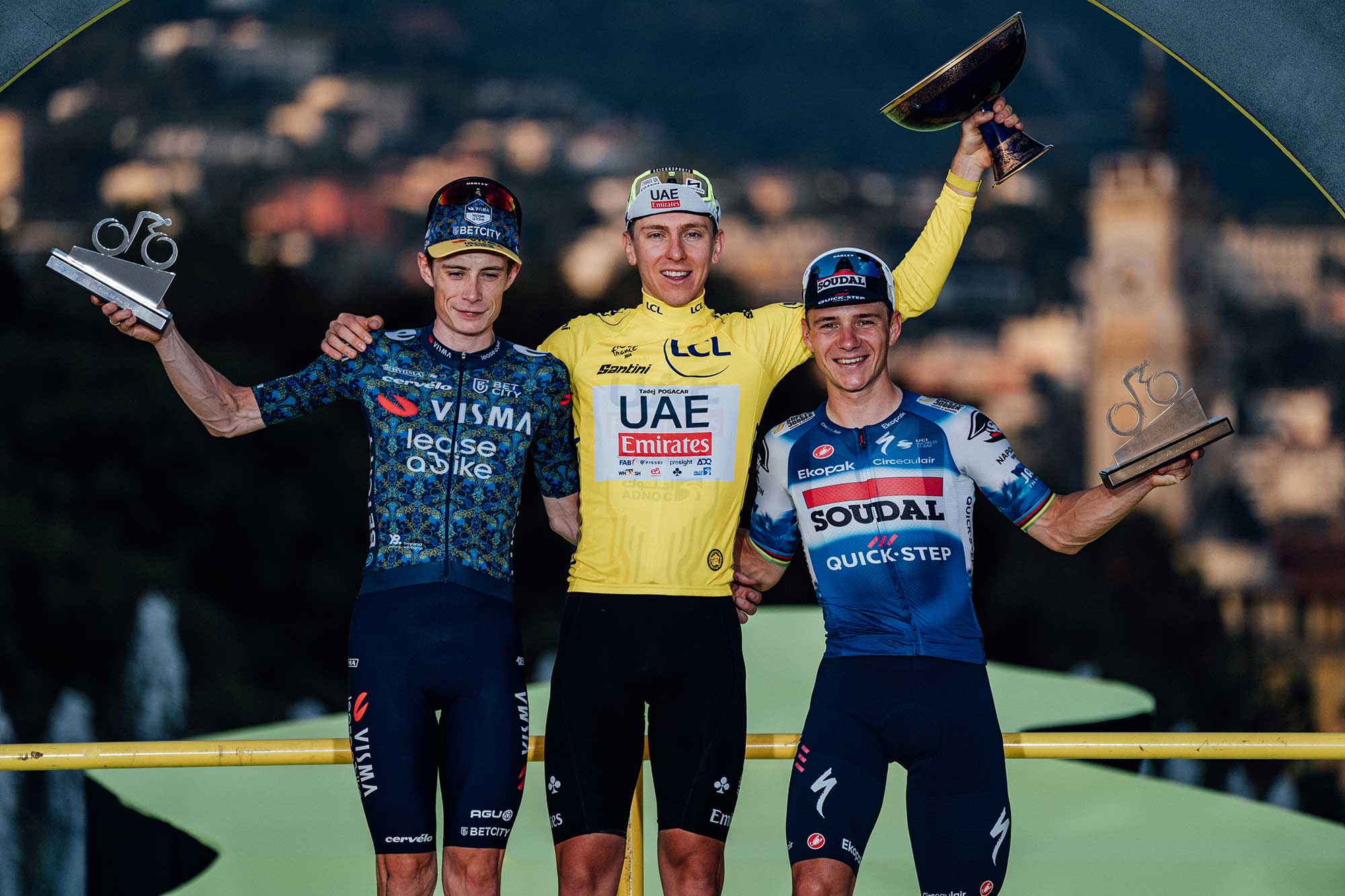
“Every team has, at a minimum, two riders on a million – some even have seven to eight,” agent João Correia, who runs the Corso management company, said. “If you go through each team’s roster and quickly add that up, I imagine there’s 75-100 on at least million euro contracts. There’s definitely 50, at the very least.” Of those surpassing the two million benchmark, Correia speculates there are more than 30.
His counterpart, Alex Carera of A&J All Sports, shares the same thought: “There are 22 big teams, and I’d say the median is three riders earning a million per team. So there are more or less 65 riders on a million or more,” the Italian said. Other agents estimated 70.
The average salary of €500,000 is bloated by the millionaires – that’s not a true representation of what the typical domestique earns. Cyclingnews spoke with six agents and the general consensus among them was that the median wage is between €250,000 and €300,000.
“Teams are realising that it’s no longer enough to have two or three star riders and then just fill the rest of the team with whoever else – you also need a very good midfield, whether that’s a leadout train for a sprinter or climbers for a GC leader. And that’s working in the favour of those mid-ranking riders because it costs more and more to sign them,” said Dries Smets, a Belgian agent for Wasserman.
Sign up to the Musette - our subscriber-only newsletter
Historically, neo-pros – first year seniors – would be put straight on a minimum wage: in 2025, that figure for self-employed riders (explained below) in the men’s WorldTour is €58,582, and €35,721 for employed riders; those amounts respectively rise to €72,404 and €44,150 for non-neo-pros.
The youth revolution, however, has upended the rulebook – even if there are still many on around €80,000 contracts. “In the past, neo-pros signed for the minimum contract, but cycling’s changed. The best neo-pros, the ones who win Tour de l’Avenir or the World Championships, can now earn between €150,000 and €500,000,” Carera said. Cyclingnews is aware of some neo-pros earning significantly more than half-a-million.
One agent added: “Until Covid, if a neo-pro managed to get up to €100,000, it was considered a lot, but nowadays, and especially in the last two or three years, young and very talented riders are very sought after on the market and can go as high as €200,000. That’s triple the minimum wage.”
On the wider subject of minimum wage, all agents agreed that very few riders were on minimum contracts. “I haven’t seen a lot of teams paying minimum wages for riders for a long time because it’s hard for riders to live on that salary,” Correia said.
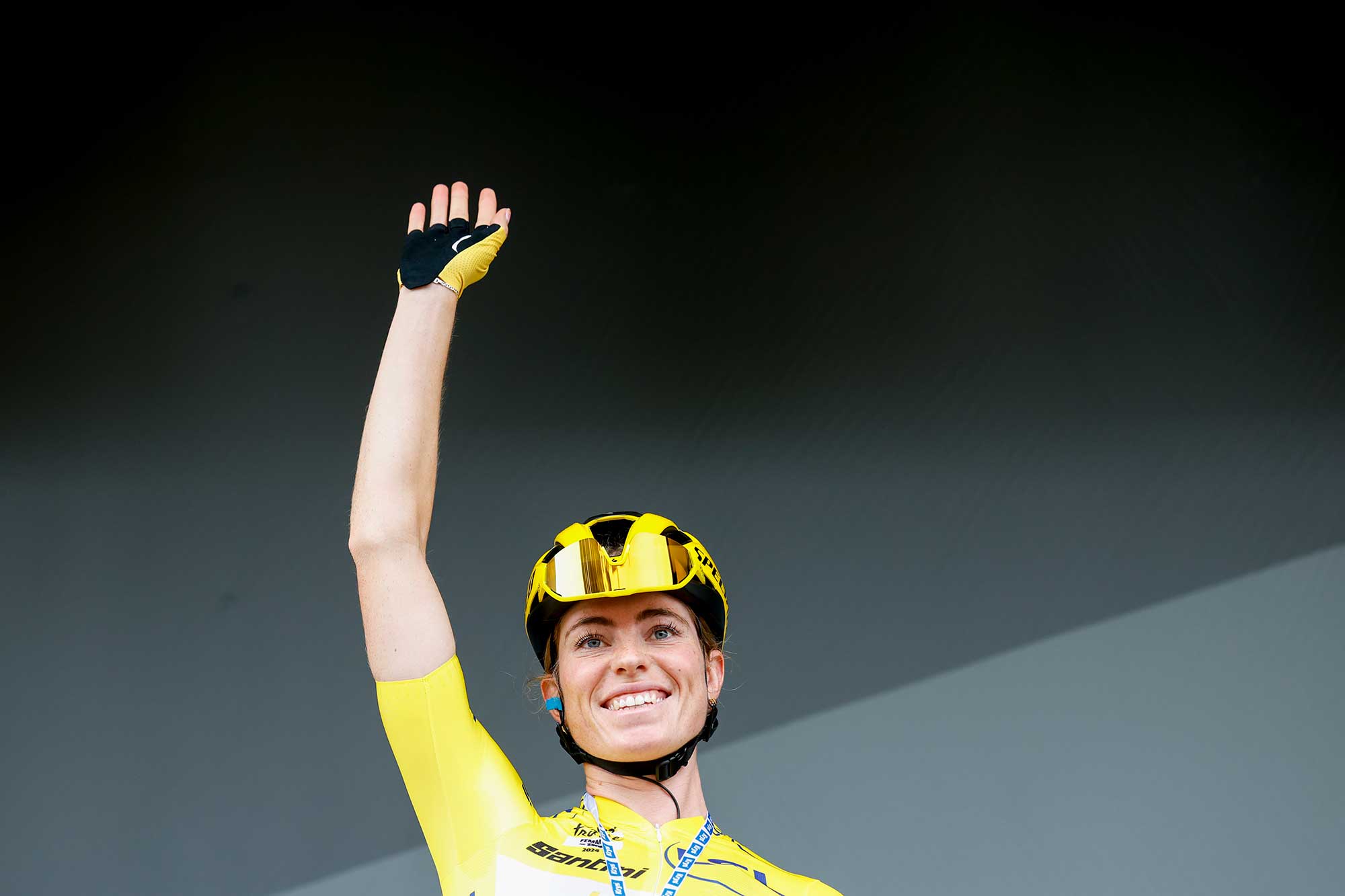
Cycling's gender pay gap
When looking at the women’s peloton, the story is somewhat different: minimum wages are far more common. “There aren’t many men on minimum wage, but there are lots of women,” Carera said. Only introduced in 2020 with a minimum salary of €15,000, Women’s WorldTour riders now must earn a minimum of €62,320 if they’re self-employed, and €38,000 if they’re contracted. The amounts for neo-pros drop to €52,000 and €31,768, respectively.
The median team budget of the 15 women’s WorldTour teams is €3.6m, Cyclingnews understands, with teams typically averaging a roster of 17-18 riders. The majority of riders in the women’s field earn between €80,000 to €100,000, with more important domestiques and occasional race winners earning between €150,000 and €250,000. A top-10 rider takes home between €300,000 and €500,000, with the biggest champions nudging towards €850,000.
When Vollering, widely regarded as the best current female GC rider, announced that she was leaving SD Worx last spring, there were various reports that UAE Team ADQ had tabled an offer to make the Dutchwoman the first female rider to earn an annual salary of €1m. Vollering instead went to FDJ-Suez.
Among the various agents Cyclingnews spoke to, there was disagreement over the salaries of the current highest female earners. “I think we’re already seeing million euro contracts in the women’s field – I believe that’s been broken,” Correia said. “We don’t represent any of them, but I’m fairly sure two or three of women earn over a million. And if not, they’re pretty damn close to it.” Other agents, however, dismissed Correia’s belief. “I don’t think there’s three that make over €1m,” one said. “I think they’re just below that mark.” Carrera said: “In two or three years, for sure we’ll see women on over one million, but right now they’re not earning that.”
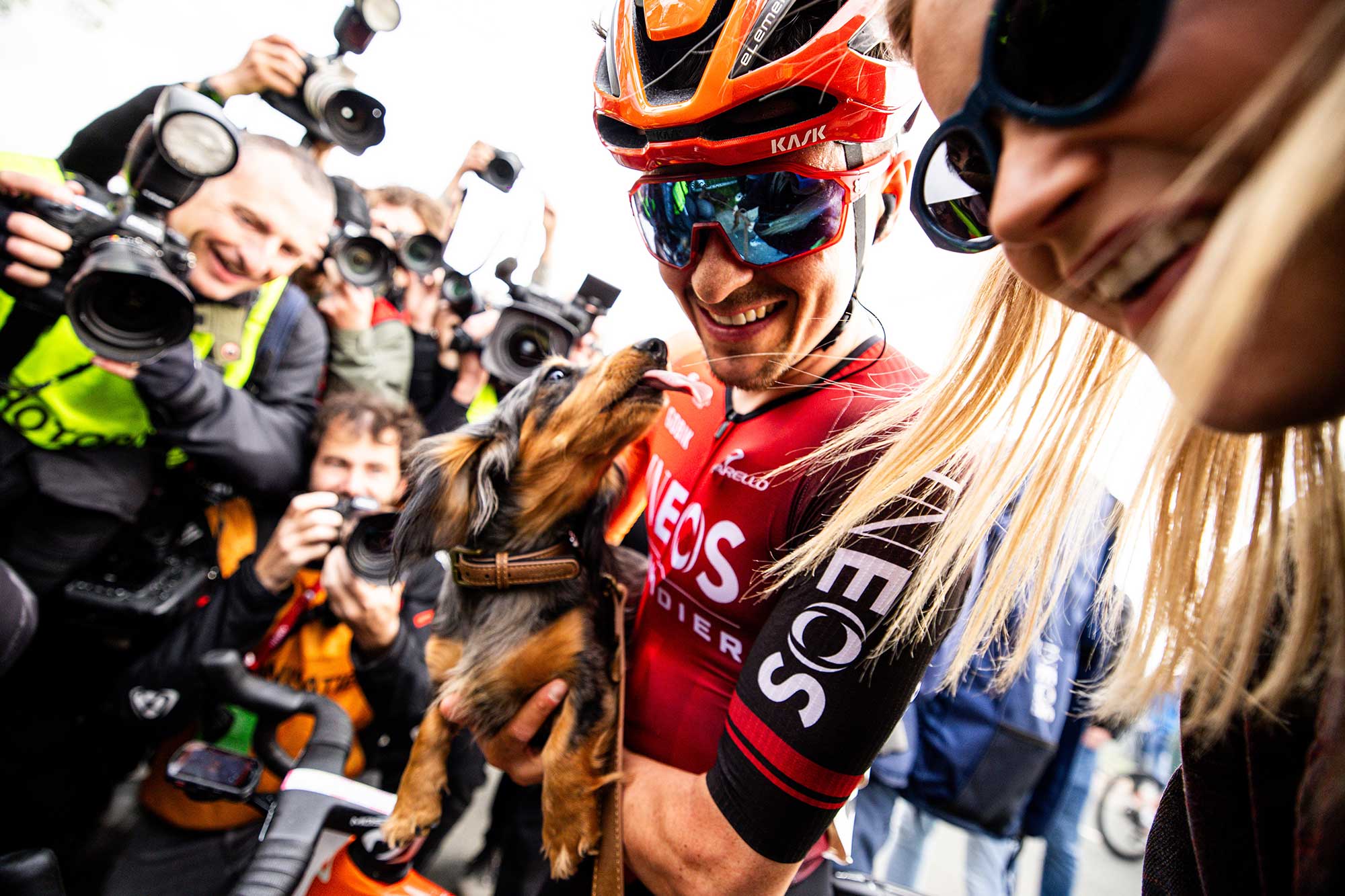
Win bonuses, sponsorship deals and appearance fees
As a rule of thumb, the higher the salary, the less a rider’s win bonus. There are outliers, though: Evenepoel received big winning bonuses from Soudal Quick-Step for winning his world and Olympic titles, as well as the 2022 Vuelta a España, while Cyclingnews understands that Tom Pidcock earned €1m for each WorldTour race or Olympic or world title victory when competing for Ineos Grenadiers.
Most riders can expect to receive between a few thousand euros and €15,000 if they win a stage of a WorldTour race, rising to €20,000-€100,000 for a Grand Tour stage, and €50k to €500,000 for winning a Monument, depending on the team and rider’s base salary. French teams pay out a big bonus for the French National Championships. But not everyone can be so lucky. “There are teams who say we don't give bonuses because riders get paid to race and score results,” Smets said. “Big name riders especially are on good salaries and might not get a bonus for a race that they’d be expected to do well in.”
Performance-related bonuses are common for younger riders and can work in various ways, Correia explained: “Quite a lot of contracts have salary triggers, whereby if an athlete does this performance their salary improves. And nowadays with UCI points more important, we’re seeing riders get rewarded based on how many UCI points they have earned.”
Typically, a team will exclusively own the image rights of a rider, but exceptions can be made for certain riders who seek external sponsorships. “There’s a bigger battle between male riders and their teams over non-team sponsors, but in female cycling, it’s becoming more popular,” Smets said. “There’s less history, and teams are more open to thinking: if it's good for the rider and doesn't hurt the team, why not?”
Demi Vollering signed a personal sponsorship deal with Nike last year, while the likes of Van Aert and Pidcock are both individually sponsored by Red Bull. Some riders have watch or car deals that can exceed €100,000, and others have partnerships with domestic businesses that are usually worth between €20,000 and €30,000.
“It’s very country-specific,” explained Correia. “A Belgian rider has more sponsorship opportunities because they’re cycling mad, even though Belgium’s advertising market isn’t huge, while Pidcock being British has more opportunities than riders from small countries do. Some marquee riders can negotiate terms on image rights with their teams, but usually teams own the image rights and can say yes or no to these endorsements. Usually they’ll say yes if it’s a national company and isn’t a competitor to the team’s own sponsors.” Most riders have personal deals with shoe brands that provide a few free pairs of shoes, but some riders might receive a few thousand euros on top. “The best riders will receive €50,000 or more for a shoe deal,” one agent said.
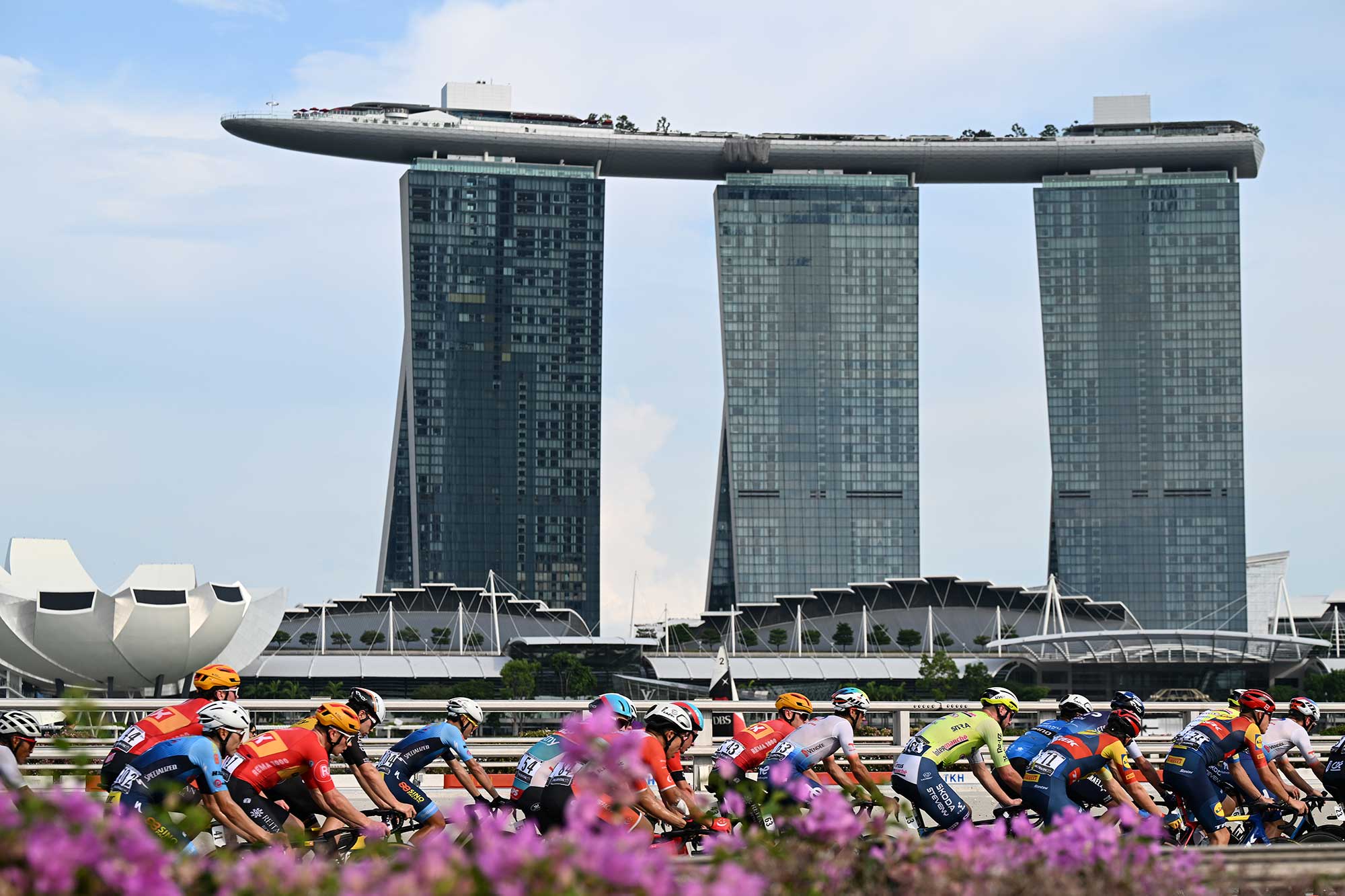
Riders can often make additional money competing in end-of-season and/or post-Tour de France criteriums in Belgium and the Netherlands, but because of the additional travel involved, appearance fees are at a premium. “To participate in one crit is minimum €100,000 for the best riders,” one said.
Where a rider (and their team) can really earn big money is if big races pay for their participation. RCS, the organisers of the Giro d’Italia, has a long history of paying appearance fees, and reportedly handed Bora-hansgrohe a cheque of €1m for Peter Sagan race the 2020 edition of the Corsa Rosa. They also committed to paying Soudal Quick-Step for Remco Evenepoel’s involvement in 2023 but didn’t pay out, according to the team’s boss Patrick Lefevere. “Because Remco did not finish the Giro, they [RCS] did not want to pay the agreed starting fee,” Lefevere said. “Remco’s starting money in the Giro – in practice a sum for a package of RCS races - can ensure that we have a budget for an extra rider.”
Agent fees, self-employed riders and annual leave
The structure of a rider contract varies from team to team, with Smets revealing that “some teams have the standard UCI contract of seven pages which doesn’t contain much complicated language, to some teams who have 45-page contracts which are more complex and have a lot more clauses.” One mandatory inclusion is that teams cannot object to their riders beginning or continuing studying.
French and Belgian teams by law must employ their riders, accounting for around 40% of the men’s peloton. In an employed contract, teams must provide health, life and permanent disability insurance, and a pension that equates to a minimum of 12% of the gross annual salary. Self-employed riders have to cover all of the above themselves. Agents typically take between 5-7.5% in commission of all rider earnings.
Of the various clauses and obligations, if a rider is injured or falls ill through no fault of their own, they are entitled to 100% of their wages for the first three months, reduced to 50% thereafter. “But I’ve never seen that enforced,” Correia stated. “And either way, there are insurance policies athletes can take out that cover them in the event that they get injured and they lose part of their salary.” Riders are also permitted 35 days of annual leave per year, but Correia said that “no one really looks at that, either. It’s in every contract but it’s not monitored. Riders only go on vacation in the off-season.”
Most contracts include a clause prohibiting riders from taking part in sports that are deemed dangerous, such as car racing, parachuting or skiing; teams have begun to loosen the last regulation, though, with cross-country skiing and ski mountaineering more accepted as beneficial cross-training.
As discussions over One Cycling continue apace, and the sport hopes to continue attracting additional investment, that’s all good news for the protagonists and those representing them. “When a team’s budget grows, so too does the rider’s salary,” Smets said. “Of course, the teams have service courses and vehicles, but their real assets are the riders. We’ve seen a big increase in budget since Covid and it looks likely to continue.”
If you subscribe to Cyclingnews, you should sign up for our new subscriber-only newsletter. From exclusive interviews and tech galleries to race analysis and in-depth features, the Musette means you'll never miss out on member-exclusive content. Sign up now